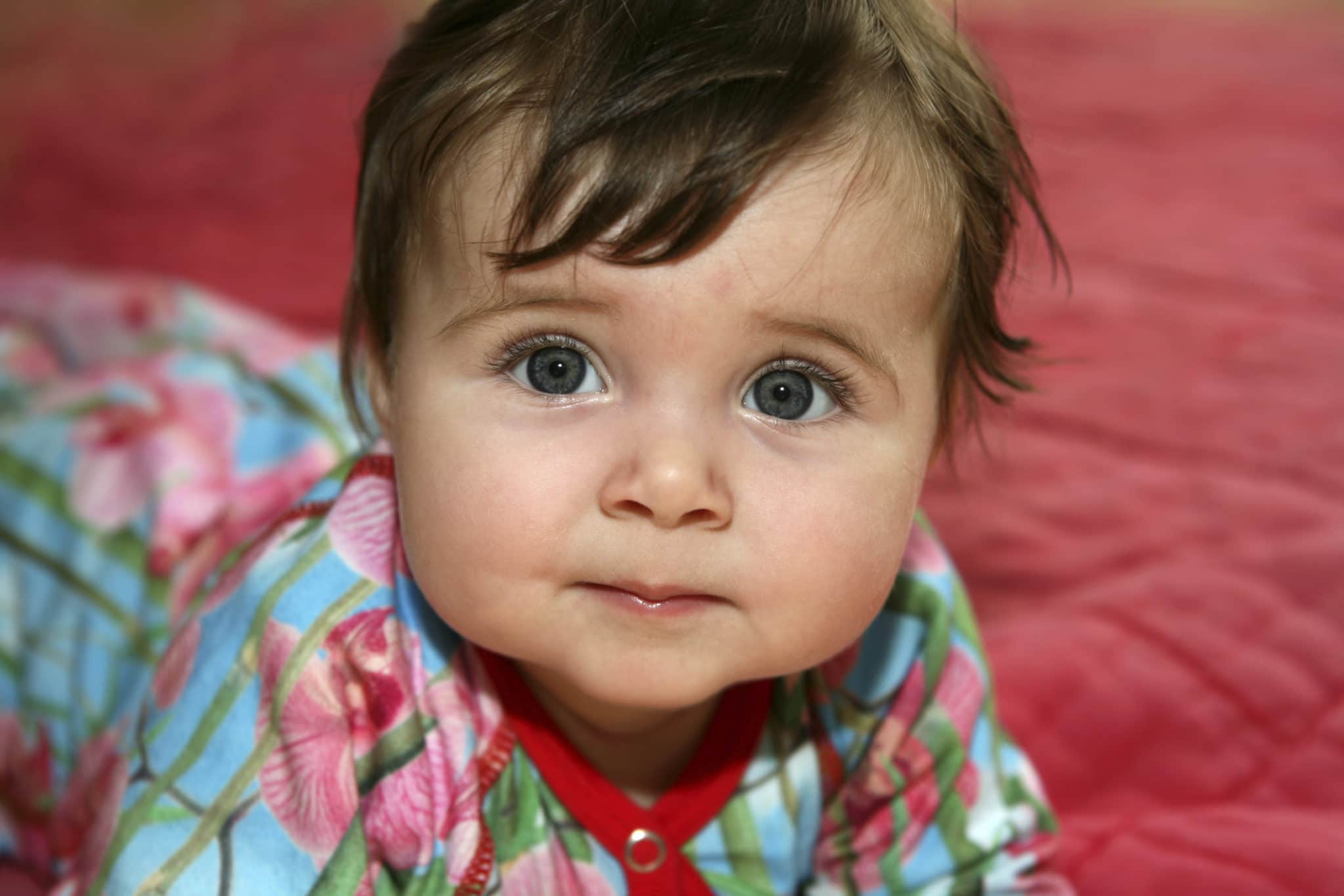The Journey Toward Immortality
Moses designated for them seven days of celebration and seven days of mourning – Jerusalem Talmud Ketubot 1:1. Rambam Laws of the Mourner 1:1. See Moed Koton 20a
Talk about surreal.
Last Thursday, just before midnight, an elderly woman passed away, a few minutes after the seven blessings were said concluding the wedding of her grandson, the son of her youngest child.
That woman was my maternal grandmother, Teibel Lipskier, and her youngest son is my uncle Shmuel, who married off his son Menachem.
And so began a very rare occurrence – two cycles at once: As Shmuel’s family celebrated sheva brochos, the traditional seven days of rejoicing following a wedding, Shmuel and his siblings (including my mother) were sitting shiva, the traditional seven days of mourning.
Every night I would watch how Shmuel’s wife Chanie in festive dress would return from another sheva brochos party to console her husband wearing the rent garments of a mourner…
Do you smile or do you cry?
Both the shiva and the sheva brochos concluded simultaneously today, Thursday.
To make things even more surreal: This Sunday will be the wedding of my daughter Rashi – great granddaughter of my Bubbe Teibel. Immediately following – exactly one day after – my mother and her siblings rose from shiva for my grandmother, we will seamlessly begin celebrating her great granddaughter’s wedding, beginning with the Shabbat oifruf (calling up the groom to the Torah) and kiddush followed by the actual wedding ceremony!
How often do we experience life, death and life so intertwined? A wedding, followed by a funeral, shiva, sheva brochos, and as these two cycles of seven come to an end they are capped by yet another wedding.
It’s hard to untangle the intermingling emotions that we are all experiencing. But experience we must, as we forge ahead.
This confluence of extremes brings to glaring focus the statement in the Jerusalem Talmud, cited by Maimonides: Moses designated for them seven days of celebration and seven days of mourning. This week Moses’ designation of two cycles of seven came alive for our family in ways I would never have imagined.
It also brings to mind the obvious question: Why would Moses link these two diametric opposites – death and marriage – in the first place? When we celebrate, allow us to celebrate in peace; why remind us of death? Isn’t there enough pain in the world as it is? So when we have some respite and finally have the opportunity to celebrate, do we really need to be reminded of grief? And when we grieve, why the need to confuse us with joy?
Yet, Moses did connect them both – teaching us that these two dimensions are really one: both part of the mysterious cycle of life and death that defines the journey of the soul as it travels through different stages. Dancing and mourning are two chapters of one book.
Indeed, at the conclusion of the chupa, wedding ceremony – the height of joy – we break a glass, to remind us of the broken world in which we live; the split between the Divine and the material that resulted from the destruction of the holy Temple.
Whether it makes sense or not, I can testify to the convergence of death and life which our family experienced in the last seven days. To see hundreds – no exaggeration – of grandchildren and great grandchildren streaming into my grandmother’s house was the ultimate celebration of life, not death. All these offspring are wonderful, productive people, each touching thousands of lives. And they all originate from this one woman and her late husband who preceded her passing 23 years ago.
No wonder, therefore, that my grandmother’s soul waited till the end of the wedding celebration of her grandchild, to allow the marriage to take hold, before beginning the next leg of her journey, which her children subsequently honored with the seven days of shiva. Only to lead into yet another wedding – of her great grandchild: my daughter Rashi.
I can imagine my Bubbe’s soul traveling rising upward, flanked by her grandson’s wedding on one side and her great granddaughter’s wedding on the other – in a glorious journey that transcends life and death – a journey toward immortality.
Here is where death meets its match – where death meets life – and we see who prevails.
Initially, my grandmother’s death seemed to have conquered the celebration of the marriage banquet, as in (tragically fulfilling) the verse “I will turn your feasts into mourning” (Amos 8:10). But with the sheva brochos countering the shiva – the seven days of feasting defying the seven days of mourning, only to be followed by another wedding and sheva brochos – it became clear that it was the other way around: “You have turned my mourning into dancing (Pslams 30:12), and “then will the maiden rejoice in the dance, young men and old alike; I will turn their mourning into joy, and will comfort them, and make them rejoice after their sorrow” (Jeremiah 31:13).
The Talmud derives from the above verse in Amos that just as “your feasts are seven days so too is your mourning seven days” (Moed Katan 20a). Indeed Moses designated for them seven days of celebration and seven days of mourning. Ostensibly, this can be interpreted to mean that in our celebration we must always be humbly cognizant of our mortality. But, on a deeper level, it also means that our seven days of celebration counteract – and transform – the seven days of grief into joy.
Many thoughtful cynics argue that despite all our accomplishments in life, at the end of it all, death – almighty death – vanquishes life.
This week I have seen how life triumphs over death.








thank you.
you have forever framed this moment in time and given it dimension. The chassidic perspective your words have painted help keep me focused on the total picture .
The scope and clarity in your expression are merely another manifestation of living life by a more meaningful measure.
Bubby Lipskier is surely proud that you are keeping her legacy alive .
when you and shaindy bring your daughter to the chupah and all the generations show up in their cassanah garb may it culminate with the REBBE BEING MESADER KIDDUSHIN and the fulfillment of VARASTICH LI BE EMUNAH VEYODATA ES HASHEM . chanie